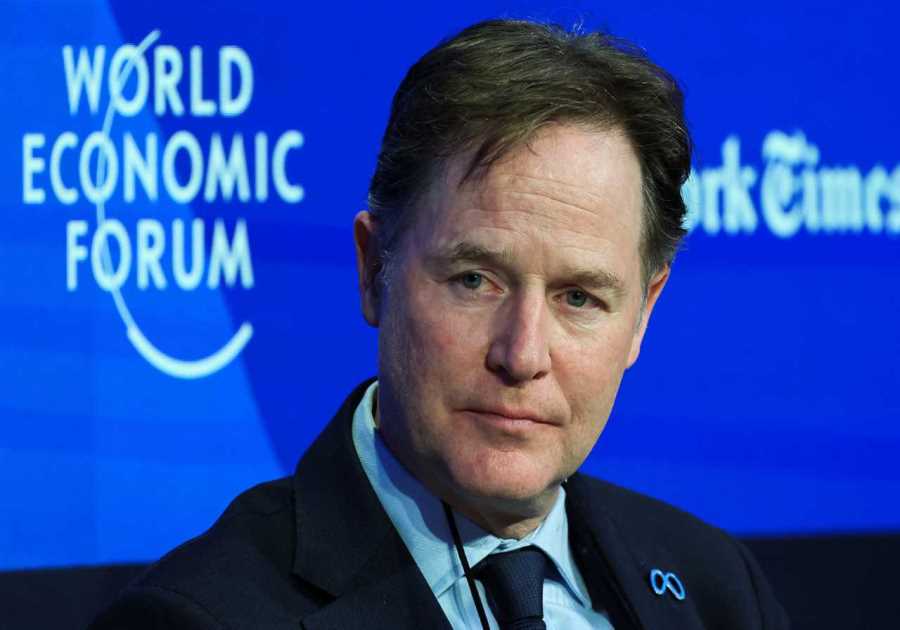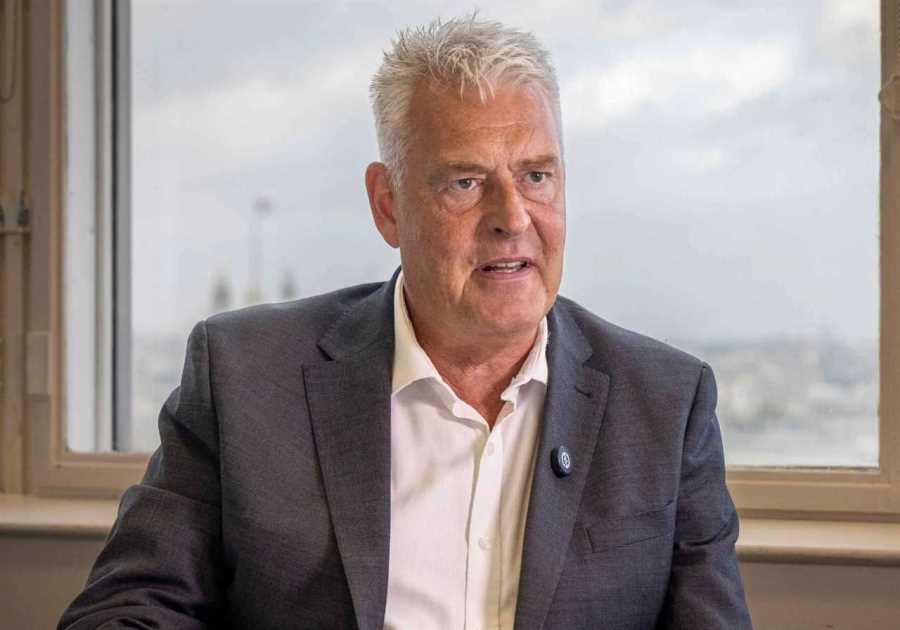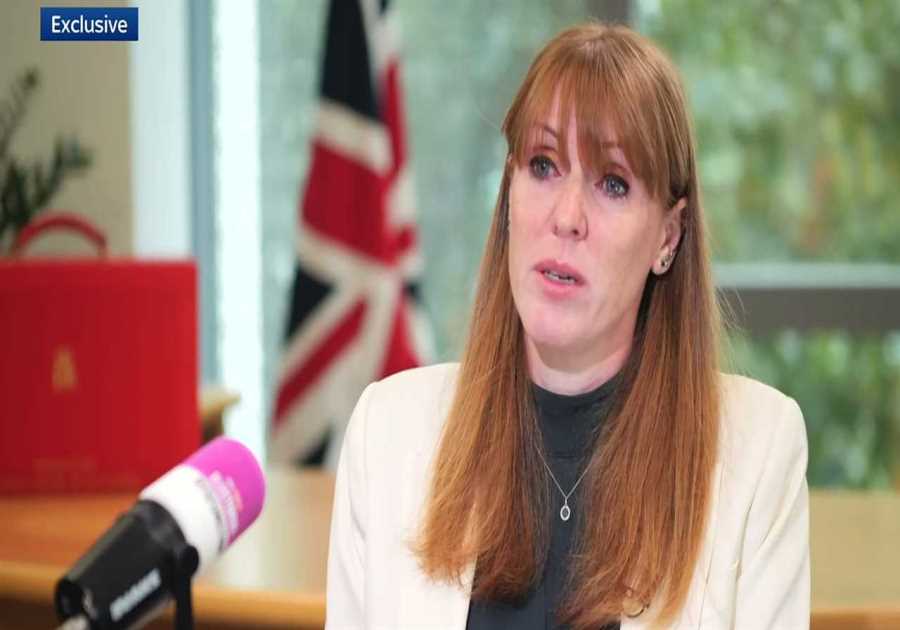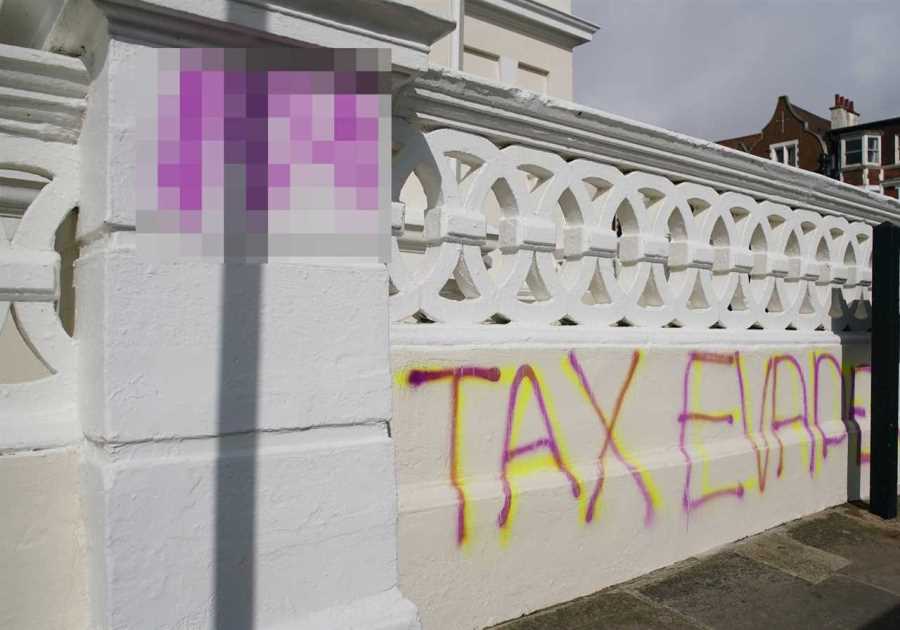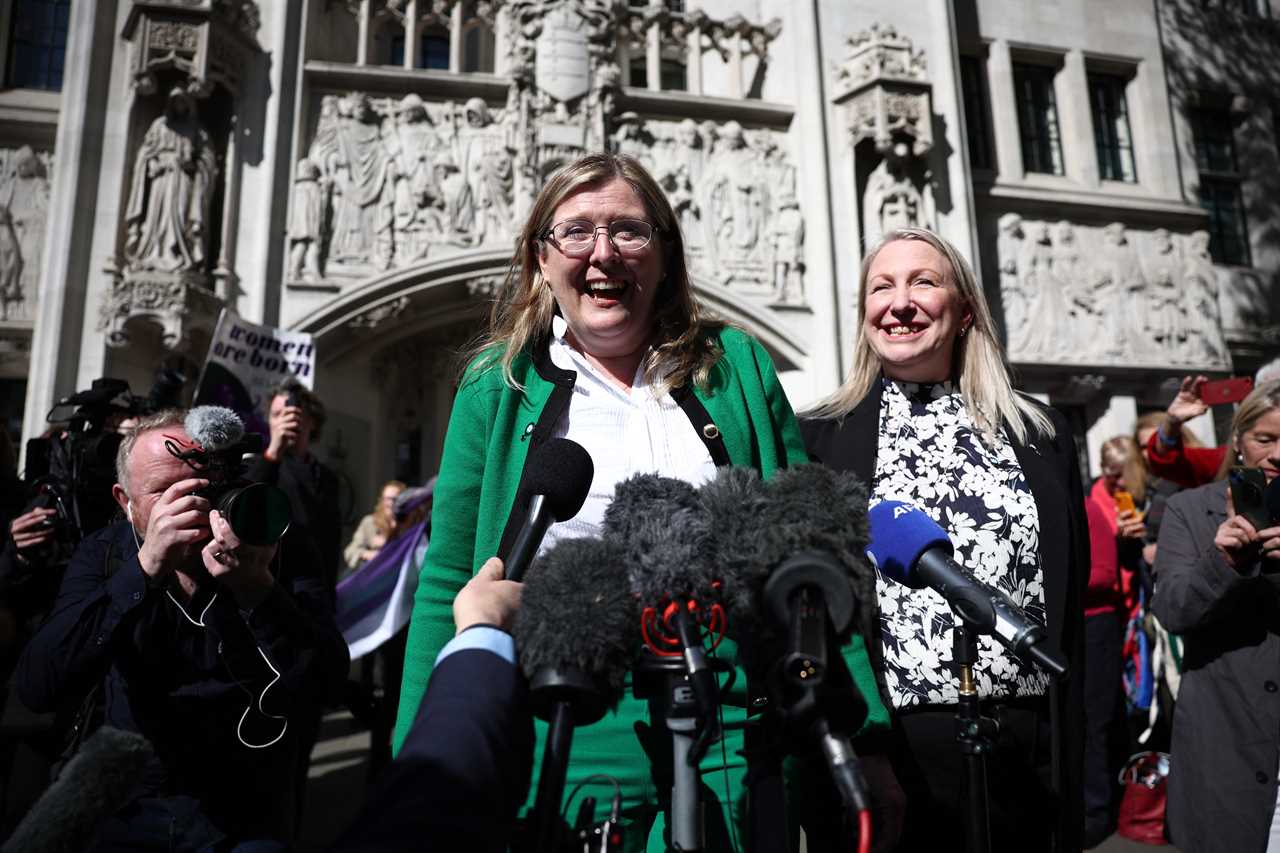
In a complex social landscape, the Equality and Human Rights Commission (EHRC) is poised to introduce stringent regulations that would prohibit trans women from accessing female-only facilities like toilets and changing rooms. This move, set to impact various public and private institutions including schools, hospitals, and gyms, reflects a broader debate on gender identity and inclusivity.
Revising Regulations: Navigating Trans Rights and Women's Spaces
The EHRC's forthcoming guidelines will not only restrict trans women's access to certain spaces but also outline clear provisions for excluding trans athletes from women's sports. This stance is aimed at addressing concerns some women may have regarding privacy and comfort in shared changing areas. The implications of these regulations extend beyond individual behaviour to the very structures of societal inclusion and gender norms.
The Wider Context: Legal Frameworks and Ongoing Debates
Against the backdrop of a recent Supreme Court ruling defining "women" and "sex" in biological terms, institutions such as NHS trusts are awaiting EHRC guidance before implementing changes. This legal clarity is likely to provoke legal challenges from trans activists, highlighting the tensions between upholding individual rights and ensuring the safety and autonomy of all individuals in public spaces.
Ensuring Inclusivity: Challenges of Implementation
While organisations are not mandated to provide single-sex facilities, those opting to do so must navigate the delicate balance of inclusivity and privacy. The requirement to offer reasonable alternatives for trans individuals underscores the complexities of accommodating diverse needs within gendered spaces. The need for sensitivity in handling inquiries about birth sex or legal gender status reflects the nuanced nature of these discussions.
Complex Realities: Navigating Identity and Legal Frameworks
As institutions prepare to enforce these regulations, the need to navigate legal requirements while upholding inclusive practices remains paramount. The intricacies of gender identity, legal definitions, and societal expectations converge in these debates, underscoring the multifaceted nature of discussions around gender and inclusivity.
In conclusion, the forthcoming regulations from the EHRC signal a pivotal moment in the ongoing dialogue on gender rights and inclusivity. Balancing the needs and rights of different groups within society requires a nuanced approach that acknowledges the complexities inherent in discussions of gender identity, legal frameworks, and individual rights. As these regulations unfold, the broader societal conversation on inclusivity and diversity continues to evolve, prompting reflection on the intersections of rights and responsibilities in shared spaces.
Did you miss our previous article...
https://trendinginthenews.com/uk-politics/public-sentiment-on-foreign-criminals-and-prison-overcrowding-sparks-calls-for-tougher-justice-reform

